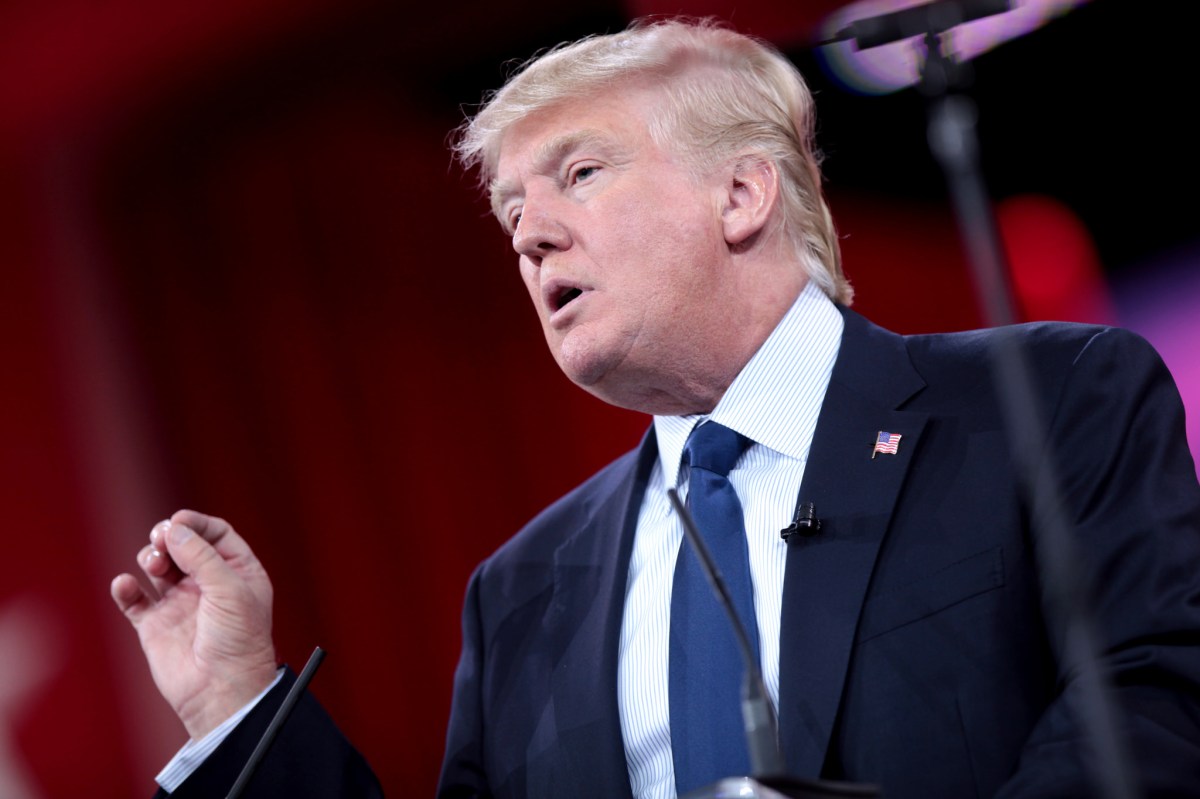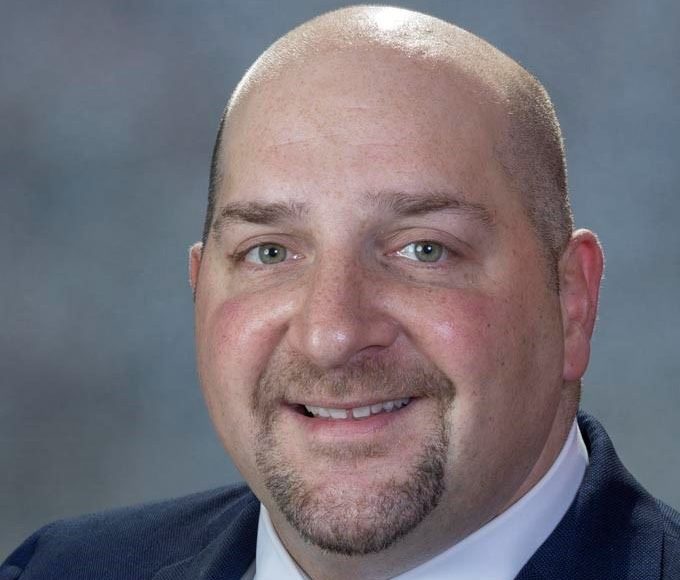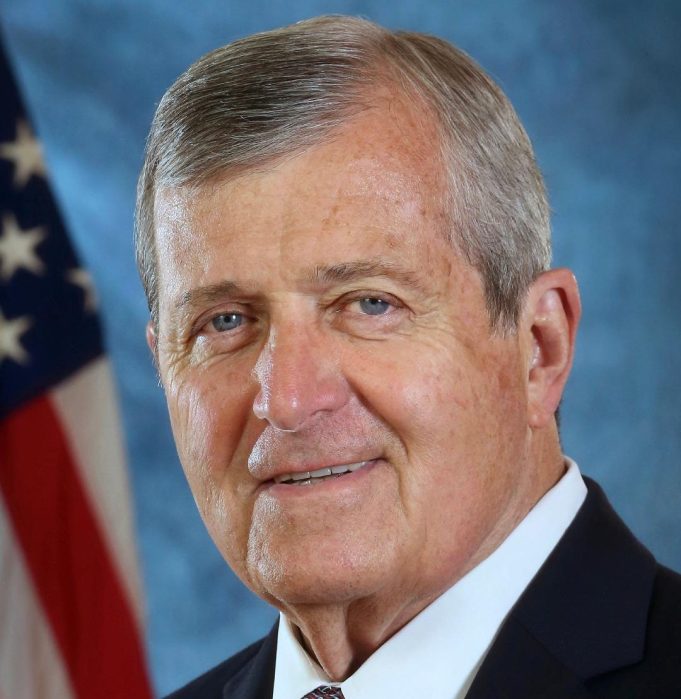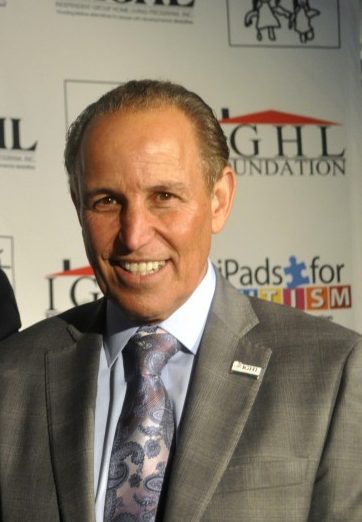By Elizabeth Palley
In his campaign, President-elect Donald Trump suggested that he understood that our nation must address the child care crisis facing working- and middle-class families. He’s right that this social problem profoundly needs to be fixed.
Approximately 21 percent of children in the United States live in poverty, according to the U.S. Census Bureau. In other words, a family of three survives on $19,000 a year, and a family of four on $24,000. These families have little to no money for child care. In 2013, the average annual cost of care for families with working mothers was approximately $7,400. In some states, it can be as high as $22,000, and in many states, the cost of infant care is more than 50 percent of the median family income.
There are already some federal programs designed to meet the needs of low-income families, but they have never been sufficiently funded. Head Start only provides services to approximately 40 percent of income-eligible children. Families making two times the federal poverty line—$38,000 for a family of three—are not eligible for any federal assistance.
Trump has suggested that he will support funding child care through tax benefits. Heavily influenced by his daughter Ivanka Trump, this plan would allow for standard deductions for child care expenses for the average cost of care—which according to the Trump campaign would be approximately $840 for a family of four earning $70,000. It would also allow the benefit to be included as a rebate for those receiving an Earned Income Tax Credit, enabling the amount to reach up to $1,200 per year per family.
This is only a slight increase over the $1,000 they are currently able to receive. Under this proposal, families earning between $19,000 and $38,000 can expect to receive lower benefits from the tax changes than higher income families, though their child care costs are comparably high. Neither benefit will do enough to offset the actual costs of child care.
These credits would be improvements, but they are unlikely to enable most families to easily shoulder the high cost of child care. In addition to a refundable tax credit of up to $1,000, our tax code already provides greater benefits to higher income families, despite the fact that they must pay the same amount for child care.
Employers can already support dependent care savings accounts, which lets workers contribute up to $5,000 in pre-tax income. Trump has also proposed matching the first $1,000 for low-income families using tax-exempt child care accounts. Given the poverty that many American families already face and their difficulty in meeting basic needs such as food, shelter and electricity, implementing this idea may be very challenging. They simply may not be able to save their first $1,000.
Certainly, child care in the U.S. cannot be improved without ensuring that the caretakers can make a living wage. On average, child care workers earn $10.39 an hour, 40 percent below the median wage. Fifteen percent of them live below the poverty line, and 46 percent receive public benefits themselves. These providers need a raise if they’re going to make a difference in children’s lives.
If we want to improve outcomes for all children, we need to do more than just talk about the importance of high-quality child care: We need to provide adequate financial support for child care and child care providers. A good model is the program designed for the US military, which provides high-quality care to approximately 200,000 children daily. The staff at these centers must meet high standards.
Both the center directors and the curriculum specialists must have at least a B.A. in early childhood education or in a related field. All workers at the centers must have at least a high school diploma or a GED. The parents of the children who attend pay for the care on a sliding scale.
Workers are paid on average $15 an hour including extensive benefits packages. They receive training and further opportunities for advancement. Though it costs $700 million a year, our government has decided that for the children of people in the military, this is a good investment. Why not invest in a program that benefits all American children?
Expanding tax benefits for families with children is definitely a start, but our country should do more, given the dire situation. We need a unitary national child-care policy to ensure that low-income and middle-income families have access to quality care, be it at home with their parents, or with other caregivers, or in center-based care. In a nation where 21 percent of children under 18 live in poverty, and 35 percent are being raised by single working parents, Trump’s child care solutions don’t go far enough.
Elizabeth Palley, a former social worker and public interest lawyer, is a Professor of Social Work at Adelphi University.

































